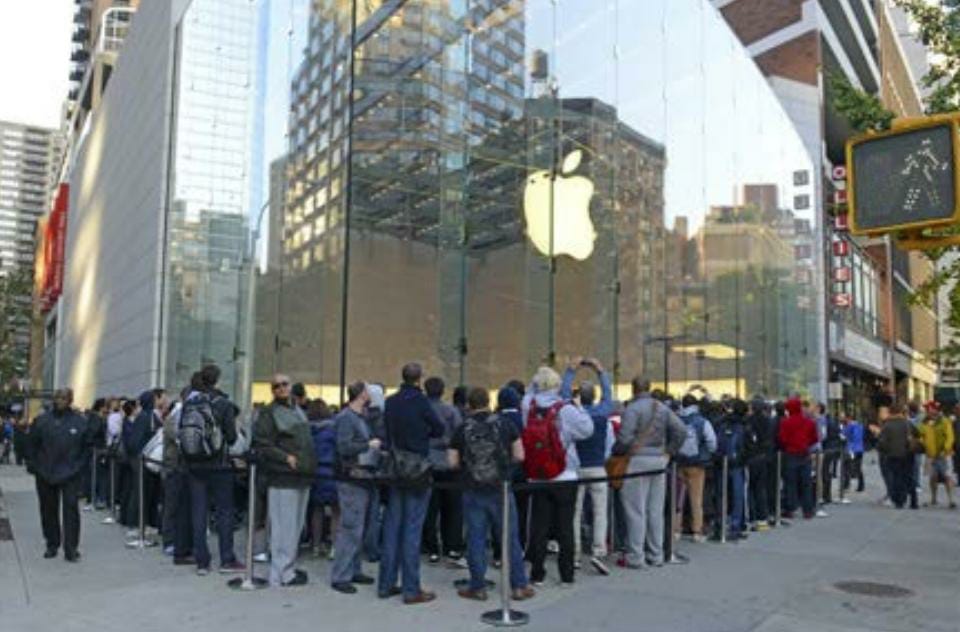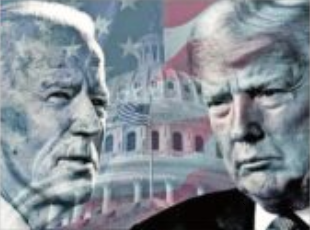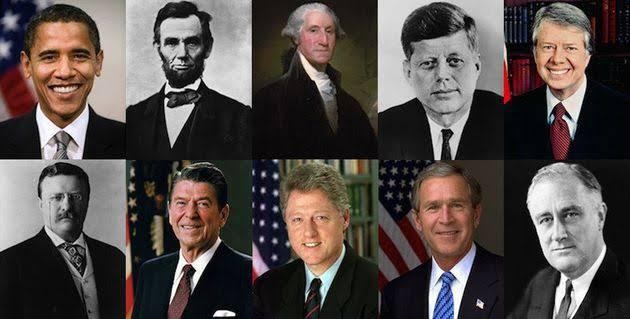The Comforts of Herding
Onida, a once successful Indian consumer electronics brand had a claim “Neighbour’s envy, Owner’s pride” .They got it right. We always want what the neighbours have, or better. I have gone on record in several published articles to state that the sociology of brands has been deliberately neglected and ignored. The economic value of brands and the importance of consumer psychology receive far more attention. After half a century of trying to get consumers to prefer brands for rational reasons, marketers are realising Daniel Kahneman was right when he said that “Thinking is to humans as swimming is to cats”. What he meant was that humans can think when obliged to but they’d much rather not. Thinking is not a natural condition. [siteorigin_widget class=”SiteOrigin_Widget_Image_Widget”][/siteorigin_widget] Every consumer decision is essentially a spontaneous, emotional, unthinking, impulsive decision. The process leading to it may be interspersed by a logical, rational, measured, comparative input but nevertheless it is the servant, not the master. Nudge based interventions have received tremendous research attention because corporations realise that merely gaining traction through mental and physical availability is no longer enough. They see that to truly extract Consumer lifetime value, it is required to understand “behavioural economics”. The profound challenge is to change behaviour at a social scale. How does a society adopt habits, behaviours, values? My answer is they do so through copying others. Homo sapiens are fundamentally pro-social. Marketers must therefore develop sociological understanding. Consumption is an individual activity and a social activity at the exact same time. We are socially influenced in our behaviour as consumers. Our conventions, norms, cultural preferences are entirely shaped through social emulation. Our behaviour is guided socially. It is only natural that brands emerge in this way. Social norm is the mother’s milk for brands to be nourished with. Take the example of drinking alcohol, smoking tobacco, applying makeup, using electronic payments, eating cereal with cold milk – in each of these examples – consumption amongst Indian consumers has been shaped and directed by social acceptance. How have we Indians adopted Halloween, Mother’s Day, and Valentine ’s Day? We have eagerly copied others. At a restaurant we make our choices from a menu but we also inevitably see what other people are eating. That shapes our choice. We assume that the social majority has already done the pre-work. We go with the majority because we presume, they have done the ‘cost-return’ arithmetic already. We feel safer ‘with the herd’. Mass adoption and popularity are linked. There is collectivism in how a society determines the popularity ofnames, colours, moods or fashion. There are a few pioneers who introduce it to many more adopters andthen most others follow and simply copy. Why were so many Indian boys named Amit, Anuj, Deepak or Navin say, in the 1980s? Why did these names then fizzle away in terms of popularity? Who decided their popularity or their subsequent expiration? When making choices for insurance, mutual funds or automobiles why do we imagine that we have the expertise to make a good judgement even though we rely on others for information or understanding? This explains how individual understanding nevertheless get anchored in social choice. Human beings are special not only because we think but because we are the only species that ‘thinks about thinking’. Still, we are happy to outsource our thinking and rely on shallow processing rather than deliberate thinking. Our shortcut to thinking is copying the choices made by others. Amazon, Netflix and many other new economy giants perfectly understood these basic attributes to do a sharp definition of segments and predict consumer choices. “People who like ABC also like XYZ “ that is a powerful consumer truth to deduce. Mankind has relied on social action. Theoretically, much knowledge may reside in my head, yet I depend on the expertise and knowledge application on part of others. We seldom take our own medicine. But Marketing is an empirically validated practice. Results must pave the way for rules. The ability to shape behaviour creates value for brands. The highest valued brands are those that can create habit. The easiest way to do measurable behavioural change is by seeding it to become a social norm. Once there is social adoption, individual adoption is guaranteed. Cognitive reflection is a discipline. That’s why low willpower makes consumers go with the group. Herding is a weakness . Herding is a call to abandon thinking and prefer feeling. Man has taken comfort in being with the herd and the gene pool has rewarded conformism. But great progress demands cutting away from the beliefs that make us feel comfortable. We need mental energy to think and keep thinking.





